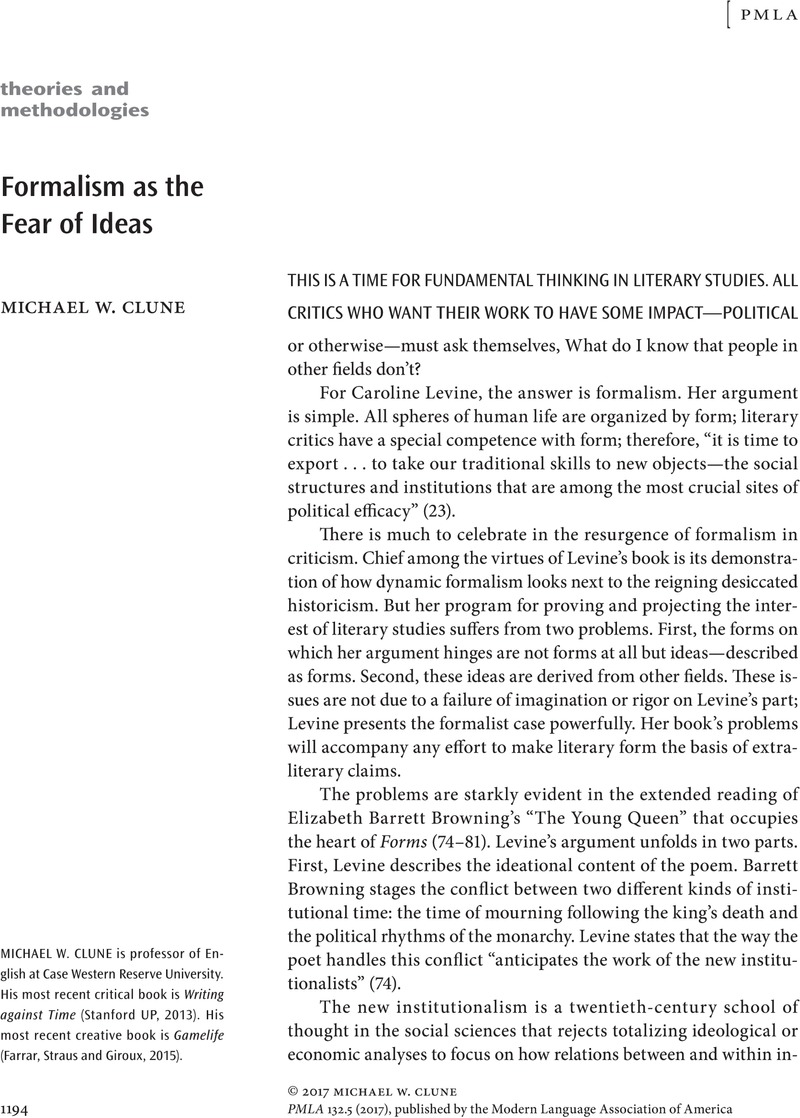Crossref Citations
This article has been cited by the following publications. This list is generated based on data provided by Crossref.
Eggert, Paul
2019.
Work and the Reader in Literary Studies.
Reeds, Eleanor
2025.
Baseball as Form: Narrative and Temporality in
The Cactus League
.
Critique: Studies in Contemporary Fiction,
p.
1.


